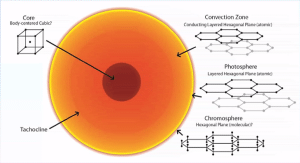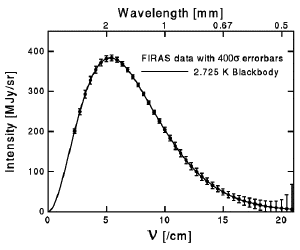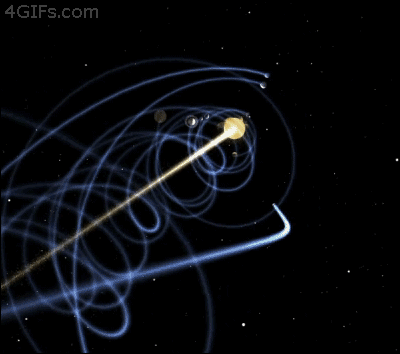Blog
Tilting at Windmills
30 December 2014
 Pierre-Marie Robitaille
Pierre-Marie RobitailleA few years ago I started blogging about astronomy and astrophysics. My goal was two-fold. First, to communicate as clearly as possible some of the amazing things we know about the universe. In the past few decades we’ve gained a deep understanding of astrophysics, and I wanted to bring that to the general population. Second, to counter the hype and misconceptions constantly in the news. With the rise of ad-driven websites, most popular science sites focus on outrageous headlines and copy-pasta press releases. Over time my effort has focused on writing an original post everyday, which I’ve been doing for more than two years. By the end of this week I’ll have written 800 posts. Despite that, there are many days where it feels like I’m tilting at windmills.
Consider, for example, the case of one Pierre-Marie Robitaille. Robitaille is a radiologist who around 2000 became convinced that physicists and astrophysicists were seriously wrong about basic physics. He believes that Kirchoff’s blackbody radiation law is wrong, and in 2002 he took out a full page ad in the New York Times to promote his ideas, because his theory is “both too simple and unexpected to stand any chance of publication in the peer reviewed physics literature.”
Robitaille makes several wild claims about astrophysics. He claims that the cosmic microwave background isn’t due to the thermal remnant of the big bang, but rather due to microwaves reflected off the surface of Earth’s oceans. He claims the Sun isn’t powered by nuclear fusion in its core, but is instead a layer of liquid metallic hydrogen at 7 million degrees. His work hasn’t been published in refereed astrophysics journals, but has appeared in vixra (created to counter the elitist arxiv) and Progress in Physics, which is an alternative science journal.
 Ned Wright
Ned WrightHow do you begin to counter such ideas? Well, we could start with the fact that the blackbody law has been confirmed experimentally in numerous ways, or that the cosmic microwave background matches a thermal blackbody to extreme precision, or that stellar temperatures derived from the blackbody law match temperatures found by atomic line spectra. We could point out that the CMB has been observed by satellites millions of miles away from Earth, and aimed away from Earth’s surface, or that reflected microwaves wouldn’t give a blackbody curve due to absorption bands in both water and Earth’s atmosphere. You could point out that his liquid-metal Sun model relies upon thermal blackbodies to be impossible, that his argument in favor of a liquid photosphere is that it looks liquid, and that his main argument against gravity-driven solar fusion is that the model uses mathematics.
Many of you reading this might figure that Robitaille is so wildly wrong that I shouldn’t even bother trying to counter his claims. I should just respond with “Eppur si muove!” and get on with real science. But then for most of you I’m preaching to the choir. I’m tilting at windmills, because the great debate isn’t occurring on blogs or in the refereed journals.
It’s happening on YouTube.
 YouTube
YouTubeRobitaille has been espousing his ideas for more than a decade, but I started getting requests to consider his clearly wonderful work when a talk of his was posted on YouTube. Fans of the electric universe, for example, flood my inbox with links and demands based upon YouTube videos. The biggest proponent of the electric universe is the Thunderbolts Project, which has over 200 videos, with millions of views. The videos are clear, and argue in simple terms that they are right, and thousands of trained scientists are wrong. And they’re winning hearts and minds.
Making videos is not something that’s been at the top of my list. It’s much easier to simply write blog posts and link to refereed sources. But if anyone wants to help make some videos, I’m ready to get busy. I’ll do what I can to make things more appealing and accessible, because the scientific gains we’ve made are too precious to be drowned in the noise of slick pseudoscience.
And I’m tired of tilting at windmills.